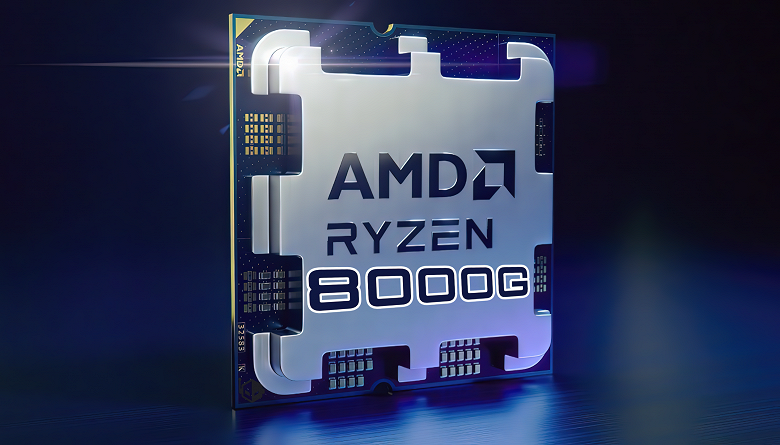Twice compared to older models
AMD recently introduced the Ryzen 8000G desktop hybrid processors, and now it turns out that some of them are worse than others.
We are not talking about the main parameters, such as the number of cores, but about the secondary ones. Let's remember that the line includes four models: Ryzen 7 8700G, Ryzen 5 8600G, Ryzen 5 8500G and Ryzen 3 8300G. So, the first two are based on the Phoenix crystal, and the second two are based on Phoenix 2. And besides the presence of Zen 4c cores in the second ones, as it turned out, there are a number of simplifications relative to older APUs.
The Ryzen 7 8700G and Ryzen 5 8600G on the Phoenix chip have eight PCIe 4.0 lanes for the discrete graphics card and four — for SSD. And the Ryzen 5 8500G and Ryzen 3 8300G have half as many lines in both cases, that is, half the throughput.
And if in the case of a video card this is unlikely to be a problem, given that hardly anyone will buy an RTX 4090 in addition to the inexpensive Ryzen 5 8500G and Ryzen 3 8300G, then here are two PCIe 4.0 lines for SSD & ;mdash; this is a maximum of 4 GB/s, which is lower than fast drives with PCIe 4.0, and almost half as low.

